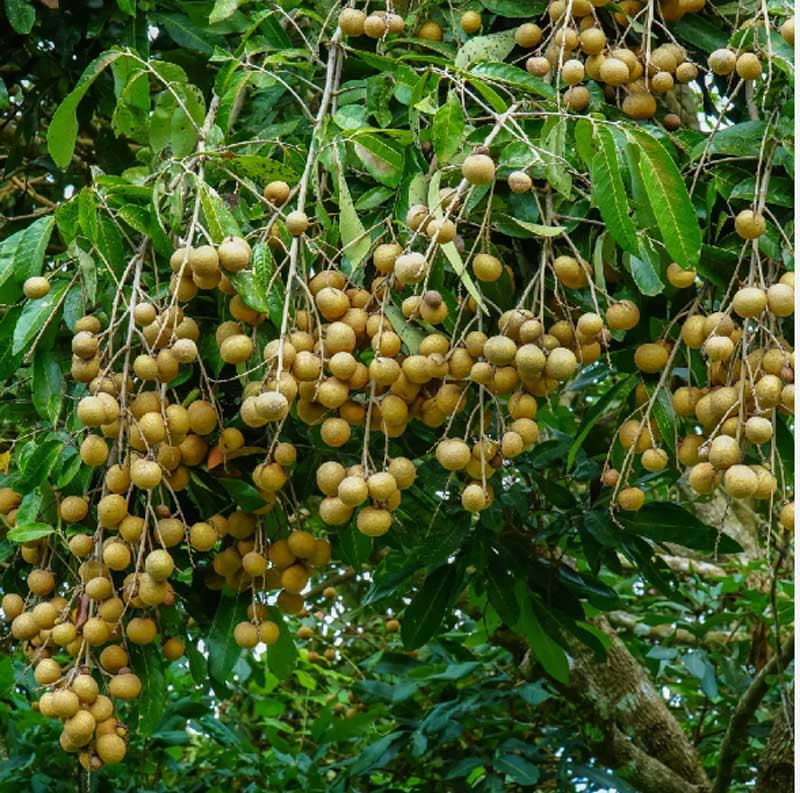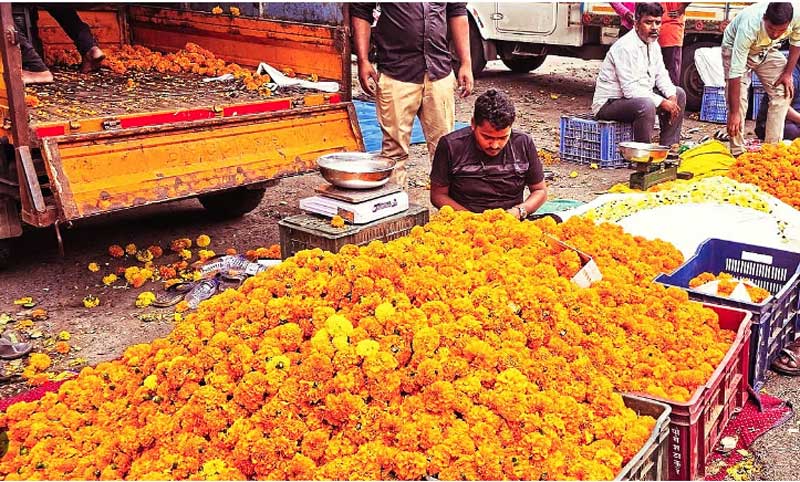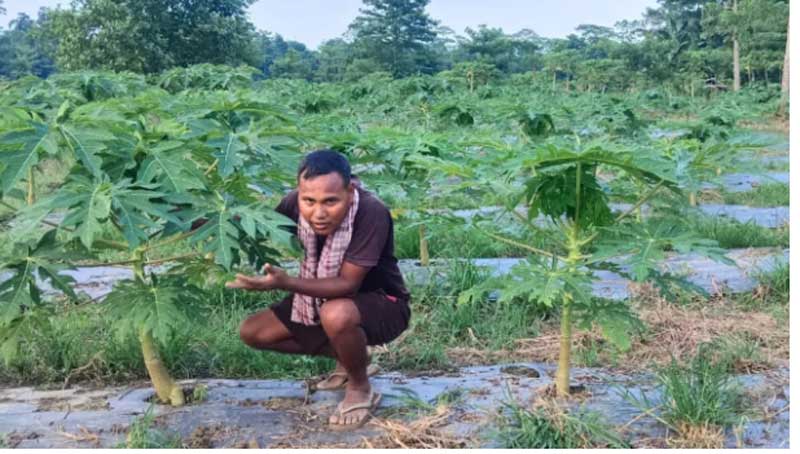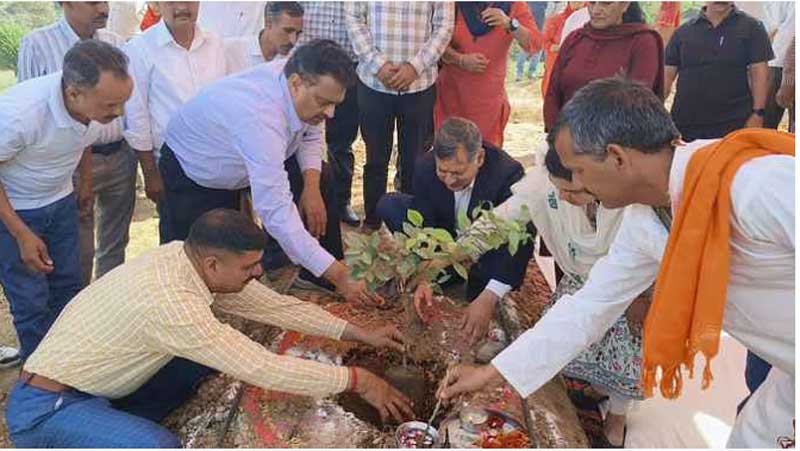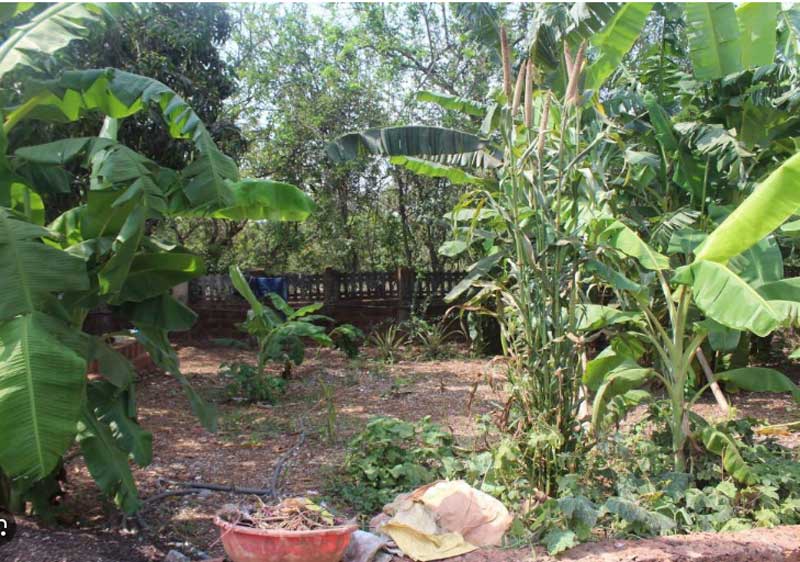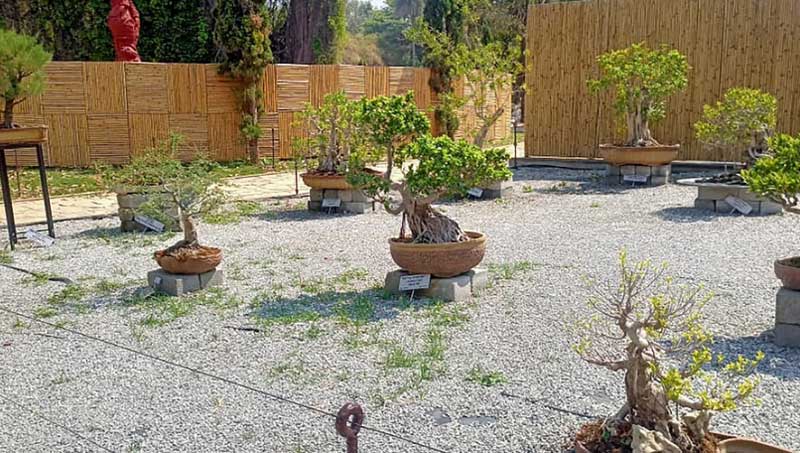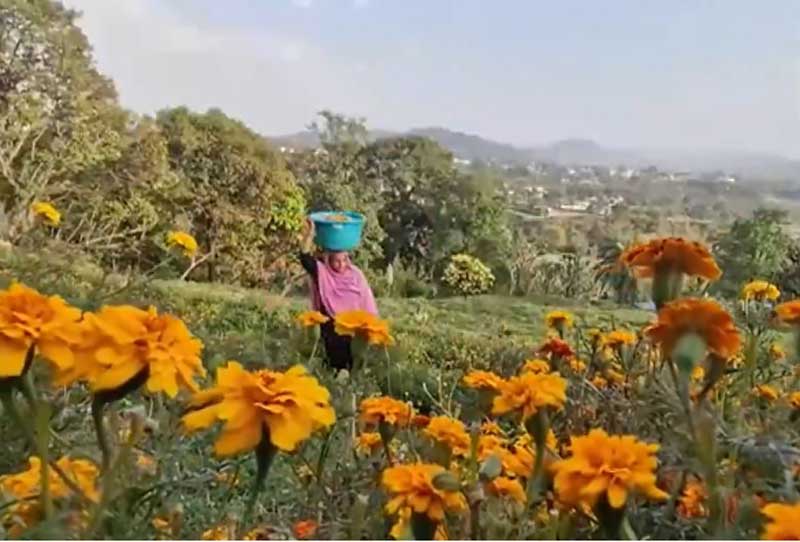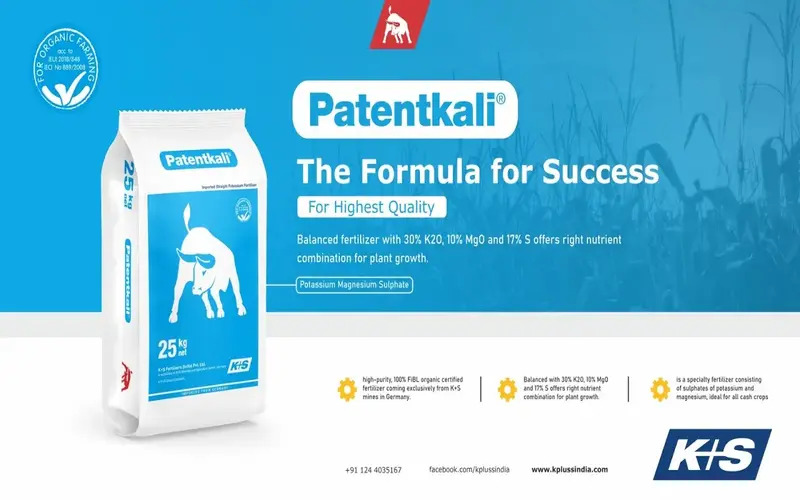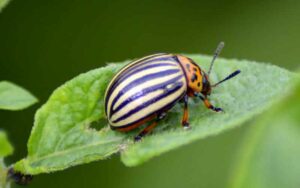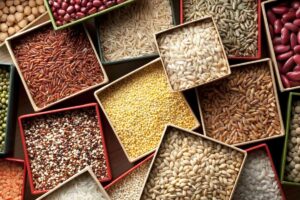“Patentkali, answer to all modern farming problems”
Nursery Today Desk
New Delhi. A revolutionary product has been introduced to solve almost all the problems faced in modern farming. Patentkali, a Potassium Magnesium Sulphate Fertilizer, exclusively offered by K+S, a German-based mining company, is a game changer organic fertilizer. It is a 100% pure organic fertiliser approved by FiBL and contains the right nutrients for plant growth, including 30% water-soluble potassium oxide, 10% water-soluble magnesium oxide, and 42.5% water-soluble sulphur trioxide (= 17% S).
An excellent product with effortless results, huge yields and desired results for crops, Patentkali protects the crops from diseases and pests, and empowers their immune system to withstand any calamity.
Except for oilseeds and pulses, where mixing with DAP is necessary, it is directly applied to crops in the reproductive stage using seed drills. Its application and dose are different for all crops.
Banana plantation
A dose of 100kg per acre has to be applied in a banana field for the desired results. It promotes root development, makes the plant ready to withstand heat stress and confers resistance to viral infections and Cercospora leaf spot. Finally, a fruit bunch that is shiny and healthy will have a higher yield quality.
Papaya plantation
For papaya plantation, a dosage of 50kg per acre should be applied to the soil. The results will be noticeable right away thanks to quicker flowering, ongoing fruit production, and a long-lasting improvement in fruit size and quality.
Pomegranate plantation
At least, 50kg per acre Basal dose and Bahar initiation should be given to pomegranate. It helps in encouraging a greater proportion of hermaphrodite blooms, ideal flower bud initiation, the prevention of blossom falling, and sufficient fruit setting.
Grape plantation
100 kg per acre Patentkali should be applied to the soil first in April for back pruning and again in October for fruit pruning for grape plantation. This helps in better nutrient translocation from leaf to the bunch during fruit bud initiation, making the bunches attractive and perfectly uniform fruit size.
Date palm plantation
A field of one acre must also have 100 kilogrammes of date palm. While it is recommended to apply 50% of the fertiliser after fruit harvest, 50% should be done during bunch emergence. This promotes fruit development and prevents fruit drop. Strong bunch growth is a significant accomplishment.
Vegetable plantation
When transplanting, soil must be applied to vegetables like tomato, cabbage, cauliflower, chile, capsicum, cucumber, and bitter gourd. In an acre-sized field, 50 kg is all that is needed for this. The outcomes are excellent since uniform and robust vegetative growth will be seen. Additionally, it will prevent fruit and flower drops, manage pests and diseases, provide the plant uniform size, and help it survive heat and stress. Overall, the plant will have a longer shelf life.
Potatoes plantation
Patentkali is the ideal food source for potatoes. It is trusted internationally for improved outcomes. The optimal fertiliser rate for India is 50 kg per acre. After planting, the soil should be applied 30 days later. After that, at a preliminary stage, healthy leaves and uniform tuber size is visible. Internal black spots, late blight, and scab diseases will all become less common.
Cotton plantation
For cotton, it is advised to use only one 25 kilogramme bag of fertiliser per acre of land. It needs to be used 30 days after planting. It minimises flower drop, promotes plentiful boil setting, lessens wilt incidence, and leaves reddening while increasing boil size. Additionally, it protects against pests and disease, increasing output and producing better fibre.
Sugarcane plantation
A sugarcane plant needs 100 kg of fertiliser per acre of land, applied in two portions: 50% at planting and 50% after 120 days. It guarantees a decrease in insect occurrence and disease control, while sugar recovery is increased.
Pulses and oilseeds plantation
A mixed seed drill method is necessary for pulses and oilseeds, such as groundnut, soybean, mustard, and sunflower. For a 1 acre area, only 50 kg of the fertiliser will be applied, leading to better yield, protein, and oil content.
Wheat, paddy and maize plantation
For one acre of land in a paddy or wheat and maize crop, 50 kg of fertiliser is sufficient. Two times, once during planting and once during cob initiation, it will be used. This increases production, provides a lower incidence of BPH in rice, and enhances grain size and regular grain filling.

